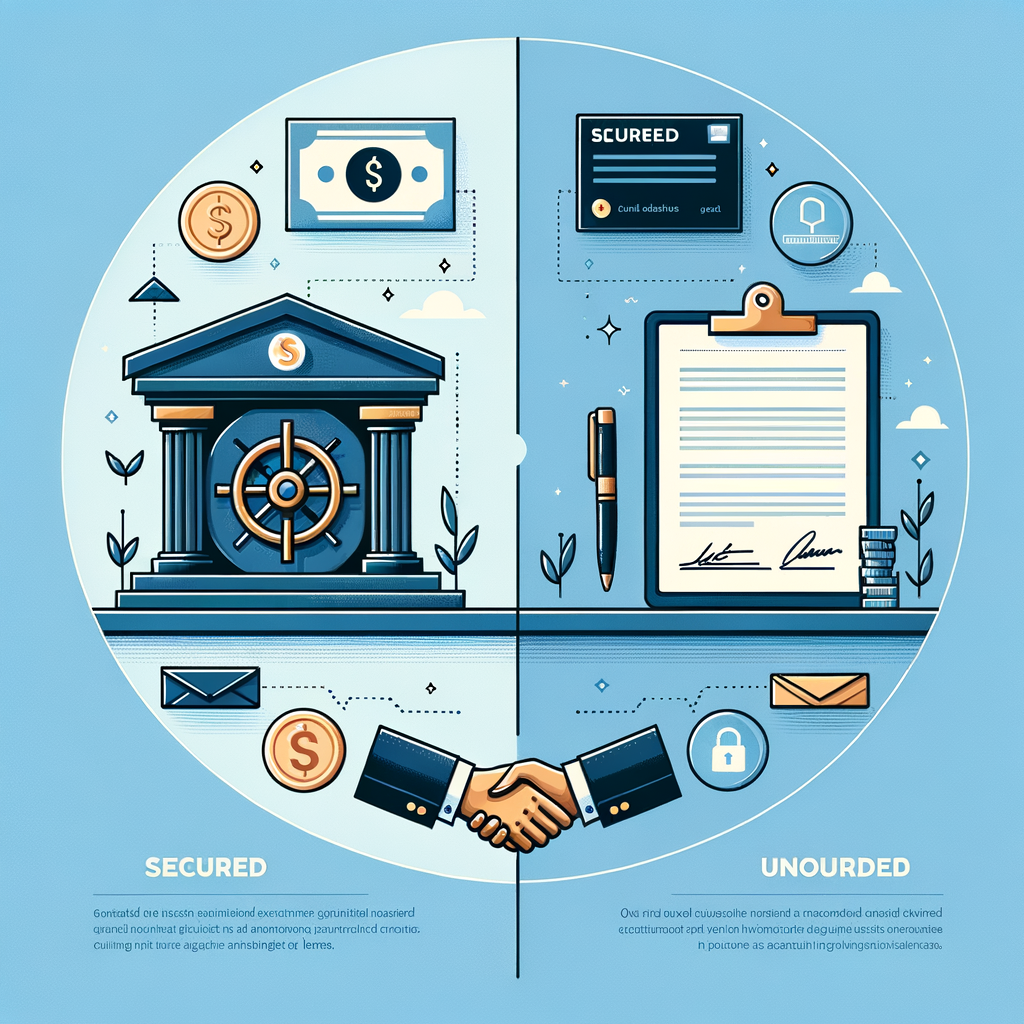When it comes to borrowing money, understanding the different types of personal loans available can be overwhelming for beginners. Two common options are secured and unsecured personal loans, each with its own features, benefits, and risks. Knowing the differences between them is essential to making an informed decision that best suits your financial situation and goals. This guide aims to clarify the basics of secured and unsecured loans, helping you navigate your borrowing options with confidence.

Understanding the Basics of Secured and Unsecured Personal Loans
Secured personal loans are loans backed by collateral—an asset such as a house, car, or savings account—that the borrower offers to the lender as security for the loan. If the borrower fails to repay, the lender has the legal right to seize the collateral to recover the owed money. Because of this security, lenders often view secured loans as less risky, which typically results in lower interest rates and longer repayment terms. These loans are commonly used for significant expenses like home renovations, auto purchases, or debt consolidation.
Unsecured personal loans, on the other hand, do not require collateral. Instead, lenders evaluate the borrower’s creditworthiness based on factors like credit score, income, and financial history. Since there’s no collateral involved, unsecured loans are riskier for lenders, which usually leads to higher interest rates and sometimes stricter qualification criteria. These loans are popular for smaller expenses, emergency situations, or when borrowers prefer not to risk their assets. While unsecured loans offer more flexibility and less risk of asset loss, they often come with higher costs and shorter repayment periods.
Understanding these fundamental differences helps borrowers weigh the security, costs, and eligibility requirements of each loan type. Secured loans tend to be more accessible for those with less-than-perfect credit but come with the risk of losing collateral if payments are missed. Unsecured loans provide convenience and safety for assets but require a good credit profile and often incur higher interest charges. Knowing your financial standing and needs will guide you toward the most suitable option.
Key Differences to Know Before Choosing the Right Loan Type
One of the most significant differences between secured and unsecured personal loans is the collateral requirement. Secured loans demand that you pledge an asset as security, which can be a barrier if you don’t have valuable assets or prefer not to put them at risk. Unsecured loans, by contrast, do not require any collateral, making them more accessible for many borrowers. However, this lack of security often results in stricter approval standards, especially for those with less-than-ideal credit scores.
Interest rates are another crucial factor to consider. Because secured loans are backed by collateral, they usually come with lower interest rates, saving you money over the life of the loan. Unsecured loans, being riskier for lenders, generally have higher rates to compensate for the increased risk of default. This difference can significantly impact the total amount you pay back, especially for larger loans or longer repayment periods. It’s important to compare these costs carefully to determine which loan type fits your budget and financial goals.
Repayment terms and flexibility also vary between secured and unsecured loans. Secured loans often offer longer repayment periods, making monthly payments more manageable. Unsecured loans tend to have shorter terms, which can mean higher monthly payments but quicker debt payoff. Additionally, secured loans might require collateral valuation and appraisal processes, potentially lengthening approval times. Before choosing, consider how your income, expenses, and repayment capacity align with these terms. Selecting the right loan depends on balancing your need for lower interest rates and longer terms against your comfort with risking assets and meeting qualification criteria.
Choosing between secured and unsecured personal loans depends on your financial situation, credit profile, and borrowing needs. Secured loans can provide lower interest rates and longer repayment options but come with the risk of losing collateral. Unsecured loans offer more flexibility and safety for your assets but often at a higher cost and stricter approval standards. By understanding these key differences, you can make a more informed decision that aligns with your financial goals and comfort level. Remember to compare offers carefully, consider your ability to repay, and choose the option that best supports your financial well-being.
